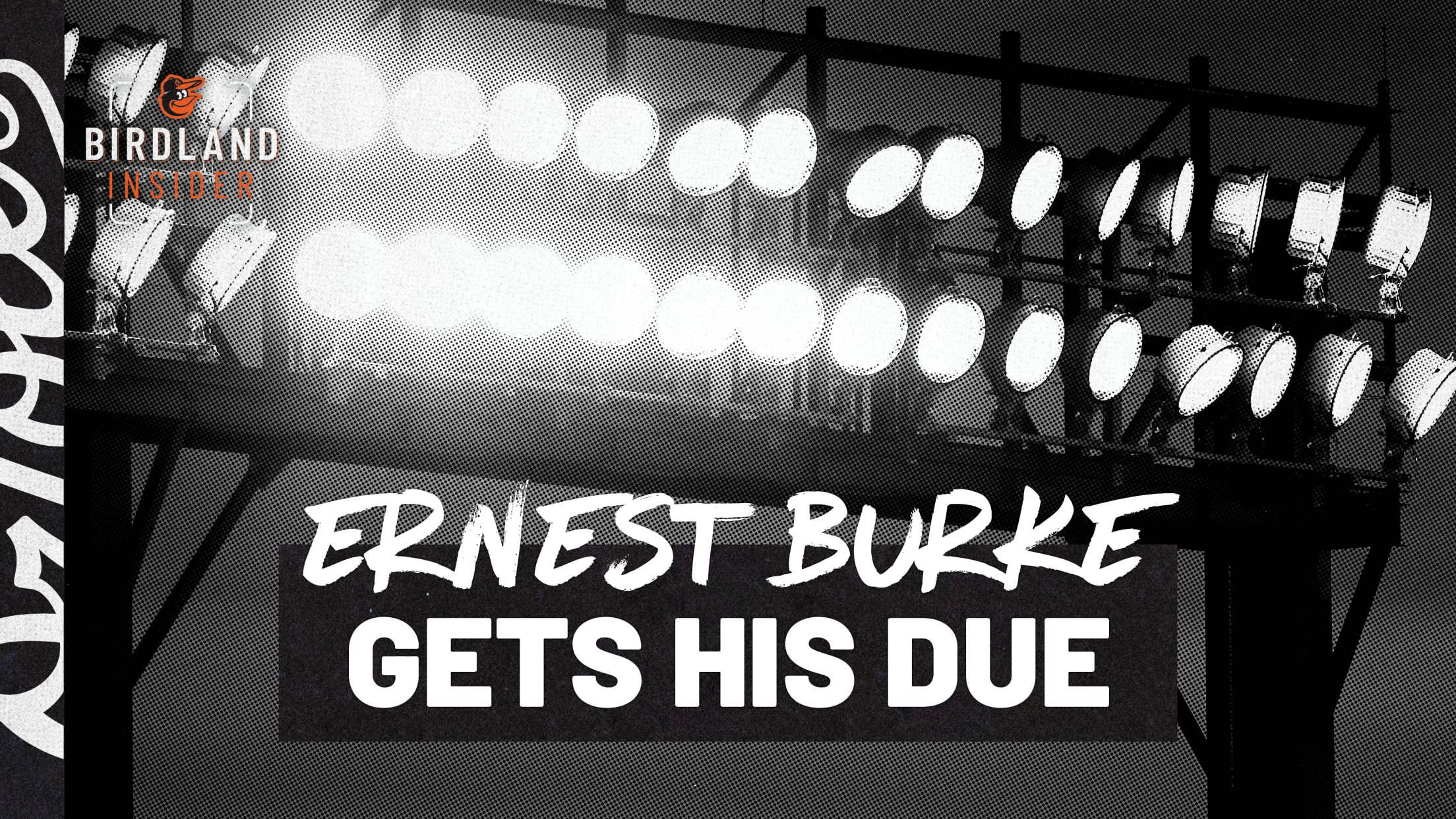
Ernest Burke Gets His Due: Statue Honoring Negro League Veteran Erected in Havre de Grace in 2021
Ernest Burke spent three years in the Negro Leagues with the Baltimore Elite Giants and three years in organized ball, playing in the minor leagues until 1951.
Last summer, a statue of Burke in his Elite Giants uniform, was unveiled in Millard Tydings Park in Havre de Grace, Maryland, where he spent part of his youth.
Not bad for a man who never even played baseball until serving in the Marines in World War II.
Burke, born in Perryville, Maryland, in 1924, moved to Havre de Grace as a young child until his parents died. At age 10, he was sent to Canada to live with a family in a small town in Quebec. There, he worked odd jobs for the family grocery store and skied. He didn’t know what baseball was.
With the outbreak of World War II, Burke returned to Havre de Grace and joined the Marines, becoming one of the first Black members of the Corps. He served in the Pacific Theater, rising from private to corporal, while seeing combat at Gaudalcanal, Okinawa and Guam.
It was while stationed at Okinawa that he joined a segregated Black baseball team that played against other White units on the island. A natural athlete, he quickly gained a reputation as a hard-throwing pitcher and was told by Johnny Rigney, an opponent who had pitched for the Chicago White Sox, that he should join the Negro Leagues when he got out of the service.
Burke had never heard of the Negro Leagues.
Upon his discharge in 1946, he returned to Havre de Grace to live with his brother, joined a local team and caught the attention of the owner of the Baltimore Elite Giants. Burke signed with the Elites and spent the next three seasons with them, pitching and occasionally playing outfield. Among his teammates were two future National League Rookie of the Years winners, Junior Gilliam and Joe Black.
Starting with Jackie Robinson’s signing with the Brooklyn Dodgers in 1946, the previously all-White Minor and Major leagues began signing Black players from the Negro Leagues. In 1949, Burke signed to play for the Poughkeepsie Chiefs, a Class B team in the Colonial League, and spent three years in the now-integrated Minor leagues, finishing with St. Jean in the Class C Canadian Provincial League in 1951.
His playing days over, Burke moved back to Havre de Grace, then to Baltimore, where he drove a dump truck for a number of years, dabbling in recreation baseball and playing a little tennis. After taking early retirement to care for a grandson with juvenile diabetes, Burke was encouraged by some of the local tennis pros to get his certificate to teach the sport.
He went to a tennis school in Hilton Head, South Carolina and received his instruction certificate, then later returned to Baltimore where he became a tennis instructor at a local club for more than 20 years
Burke got the most joy, however, as a motivational speaker, talking at schools and to civic groups about what it was like to play in the Negro Leagues. He served as the keynote speaker at the 50th anniversary celebration of Jackie Robinson’s “Breaking the Color Barrier in Baseball” presentation sponsored by the Smithsonian Institute.
He died from kidney cancer at age 79 in 2004.
On June 26, 2021, on what would have been his 97th birthday, the statue of Ernest Burke was dedicated after a decade of planning and fundraising led by Havre de Grace resident Camay Murphy, the daughter of Cab Calloway, the noted jazz singer and bandleader. More than 600 people, including former Orioles Al Bumbry and Ken Dixon, attended the celebration.
The statue of Burke is just to the right of the Tydings Park war memorial, fitting for a man who served his country proudly.